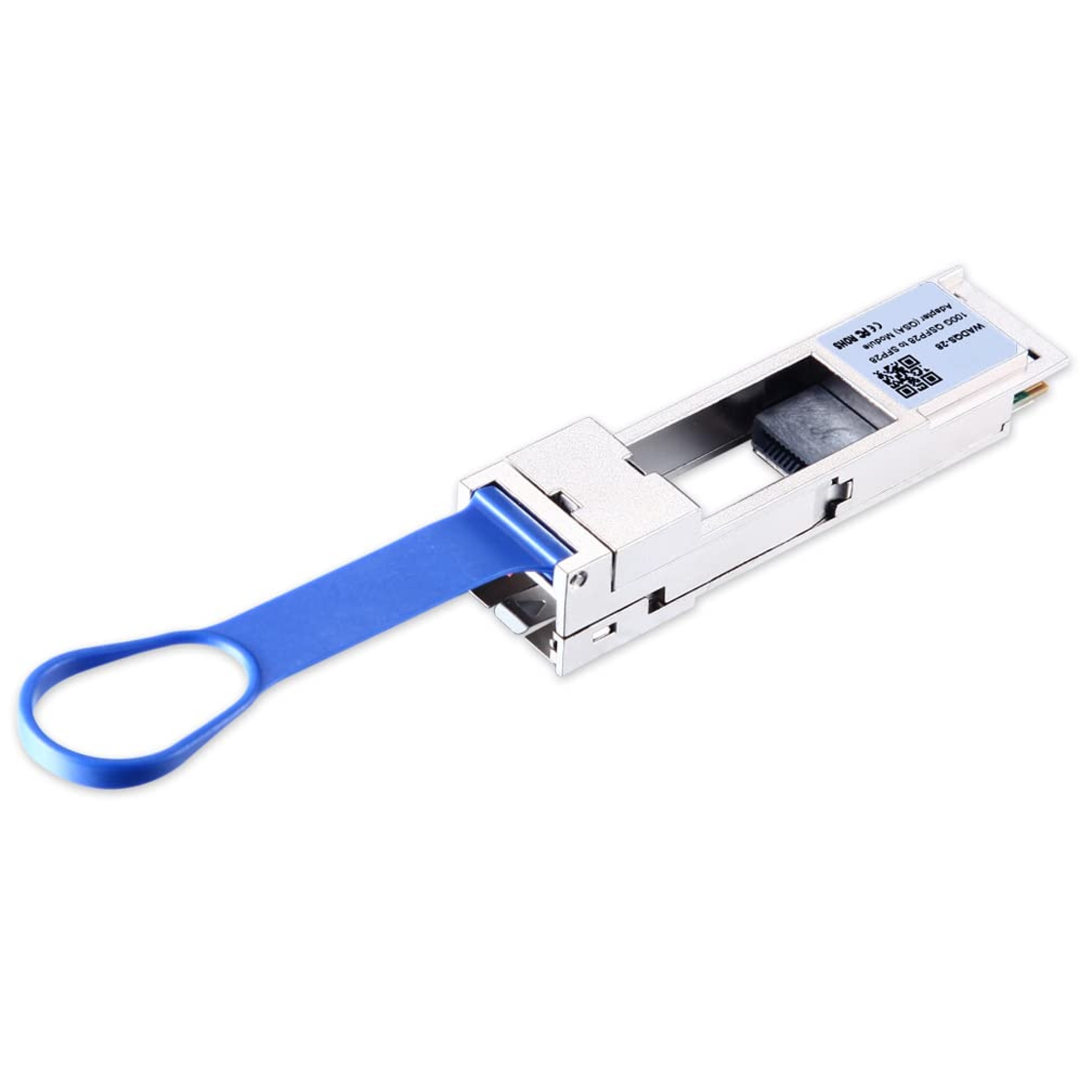Tech
25G sfp28 upgrade to 100G QSFP28 overview

As data traffic continues to increase at an exponential rate, organizations are constantly seeking ways to upgrade their network infrastructure to meet the growing demand for bandwidth. One of the most effective solutions for achieving this is by upgrading from 25G or 40G to 100G using QSFP28 transceivers.
What is a QSFP28 Transceiver?
A QSFP28 (Quad Small Form-factor Pluggable 28) transceiver is a high-speed, hot-pluggable optical module designed for use in network switches, routers, and other networking equipment. It provides four independent channels of up to 28 Gbps data rates, enabling a total of 100 Gbps bandwidth per module.
25G to 100G Upgrade
Many organizations initially deployed 25G network infrastructure to meet the bandwidth requirements of their applications. However, with the continued growth of data traffic, 25G may no longer be sufficient. Upgrading to 100G using QSFP28 transceivers provides a four-fold increase in bandwidth, allowing organizations to support more users and applications.
One of the advantages of upgrading from 25G to 100G is that it is relatively easy and cost-effective. Most 100G network switches are backward compatible with 25G, allowing organizations to upgrade their network infrastructure gradually. They can start by replacing some of their 25G transceivers with 100G QSFP28 transceivers, and gradually replace the rest over time.
40G to 100G Upgrade
For organizations that have already deployed 40G infrastructure, upgrading to 100G using QSFP28 transceivers is an excellent option. It provides a two-and-a-half-fold increase in bandwidth, enabling them to support more users and applications.
Upgrading from 40G to 100G is also relatively straightforward and cost-effective. Most 100G network switches are backward compatible with 40G, allowing organizations to upgrade their network infrastructure gradually. They can start by replacing some of their 40G transceivers with 100G QSFP28 transceivers, and gradually replace the rest over time.
Advantages of 100G QSFP28 Transceivers
There are several advantages to upgrading to 100G using QSFP28 transceivers. These include:
- Increased Bandwidth: 100G QSFP28 transceivers provide four times the bandwidth of 25G and two-and-a-half times the bandwidth of 40G.
- Easy Upgrade Path: Most 100G network switches are backward compatible with 25G and 40G, allowing organizations to upgrade their network infrastructure gradually.
- Cost-effective: Upgrading to 100G using QSFP28 transceivers is relatively cost-effective compared to other high-bandwidth solutions.
- Reduced Cabling: Upgrading to 100G using QSFP28 transceivers can reduce the number of cables required, leading to a more streamlined and less cluttered network infrastructure.
QSFPTek’s 100G QSFP28 transceiver is designed to meet the industry’s most stringent requirements for high-speed data transmission. It is fully compliant with the QSFP28 Multi-Source Agreement (MSA) and supports a wide range of protocols, including Ethernet, InfiniBand, and Fibre Channel.
One of the key features of QSFPTek’s 100G QSFP28 transceiver is its compact form factor. It is a quad small form-factor pluggable transceiver that occupies only one-quarter of the space of a standard 40G QSFP+ transceiver. This makes it an ideal solution for data center operators who need to maximize their rack space and minimize power consumption.
Conclusion
Upgrading to 100G using QSFP28 transceivers is an excellent solution for organizations seeking to meet the growing demand for bandwidth. Whether they are upgrading from 25G or 40G, it provides a cost-effective and easy-to-implement upgrade path. With the increased bandwidth and reduced cabling, organizations can support more users and applications, enabling them to stay ahead of the curve in the fast-evolving world of data networking.
Umar Nisar was born and raised in the busy city of Abbottabad. As a journalist, Umar Nisar has contributed to many online publications including PAK Today and the Huffing Post. In regards to academics, Umar Nisar earned a degree in business from the Abbottabad UST, Havelian. Umar Nisar follows the money and covers all aspects of emerging tech here at The Hear Up.
Thanks










